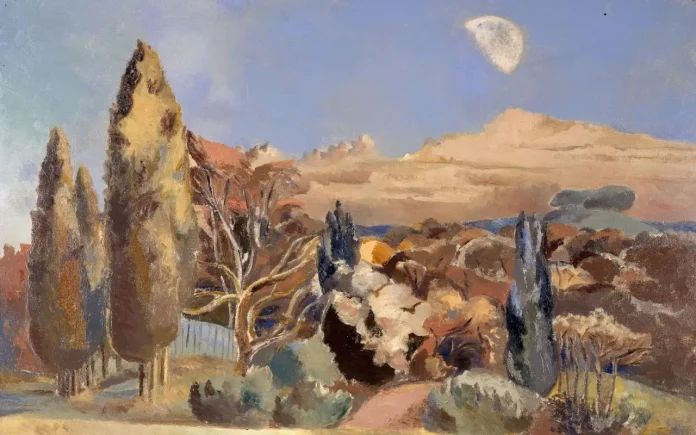
Have you ever stood before a painting, feeling as though it speaks directly to your soul? Art, in its myriad forms, isn’t just a feast for the eyes but also a profound language of its own. Delving into the philosophy of art allows us to uncover layers of meaning and connect with human experiences across time and space.
The Role of Interpretation in Art
The act of interpreting art is deeply personal yet universally impactful. Artists like Alex Israel infuse layers of meaning into their work, inviting viewers to explore not just the aesthetics but the broader cultural and philosophical contexts. Interpretation plays a crucial role in how art resonates, serving as a bridge between the artist’s intent and the viewer’s understanding. Each person’s interpretation can vary widely, demonstrating art’s unique ability to communicate on multiple levels.
Art as a Mirror of Society
Art reflects the societal norms, upheavals, and historic events of its time. Paintings and illustrations capture moments that are anchored in their specific era but also contain timeless messages about the human condition. This reflective quality can prompt viewers to question and evaluate their own cultural realities. By looking deeply into art, we can glean insights into not just the past, but also the present and future societal directions.
Emotions and Experiential Connections in Art
Paintings and illustrations often evoke strong emotional responses. These artworks tap into our most visceral feelings, from joy and love to sadness and fear, often before we even fully understand what we are seeing. This immediate emotional reaction can open up pathways to deeper cognitive engagement with the artwork, inviting introspection and a more profound appreciation of the human experience.
The Universal Language of Visual Imagery
Despite cultural and linguistic differences, art forms a universal language that can be understood across global boundaries. Visual imagery in paintings and illustrations conveys emotions and ideas that words might not be able to capture. This unspoken language can foster empathy and understanding among diverse groups, highlighting the shared aspects of our humanity.
The Ethical Dimensions of Art
Art is not only a source of beauty and inspiration but also a field ripe with ethical questions. The representation of subjects, the intentions of the artist, and the impact of the artwork on its audience all present complex ethical considerations. Engaging with these aspects encourages a consciential approach to both creating and consuming art, pushing us to consider deeper moral implications.
Step into the world of art with an open mind and a curious heart. Explore the stories, emotions, and lessons hidden within each stroke and color. Art invites us to reflect, challenge our perceptions, and connect with the profound depths of human creativity. Are you ready to uncover the deeper meanings behind paintings and illustrations? Join us on this enlightening journey and see the world through the eyes of artists past and present.
FURTHER READING









